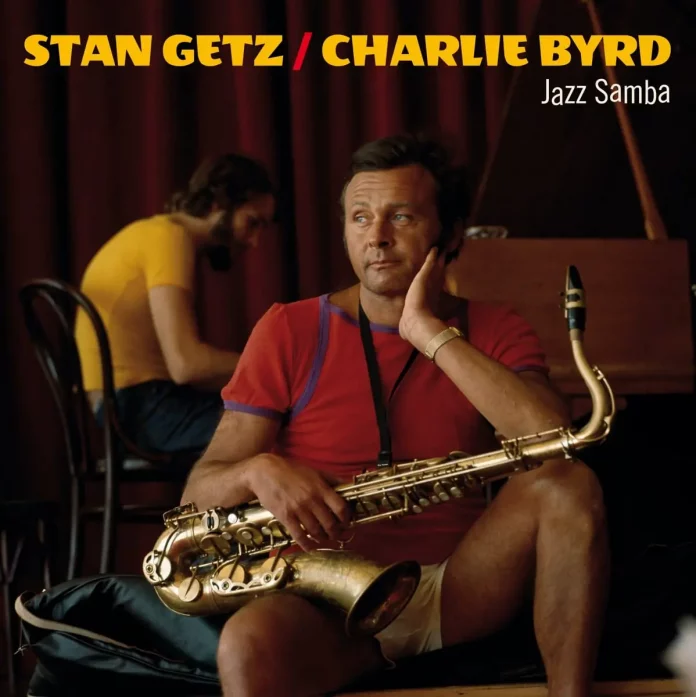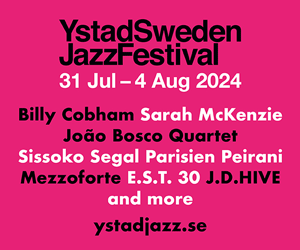It always strikes me as sad that an album brimming with happiness and life should have ended with animosity and rancour with Getz and Byrd fighting each other in court for royalties. This album was genuinely groundbreaking, having been recorded a full year before Getz and Gilberto’s ubiquitous The Girl From Ipanema. Despite the attention later given to Getz’s work with Gilberto, this album was a Billboard success and the Jobim-composed single Desafinado earned Getz a Grammy Award for Best Jazz Performance in 1963.
Ironically, it was Byrd who first brought Brazilian music to Getz’s attention following a diplomatic tour of South America for the US State Department. Byrd returned to Washington where he met Getz at the Showboat Lounge and introduced him to the recordings of Gilberto and Jobim.
The recording of Jazz Samba was far from straightforward. Creed Taylor had assembled a group of musicians whose sound did not please Getz and Byrd. Instead, Byrd called up some of the musicians who had toured Brazil with him, including his brother Gene Byrd and two drummers. Rehearsal was exhaustive until the band felt they were ready to record and replicate an authentic bossa-nova sound (the term itself was not actually used until later).
The venue for the recording was not a conventional recording studio. The band needed the right acoustic and eventually the Pierce Hall, a building adjacent to the All-Souls Unitarian Church in Washington D.C., was chosen. The album was recorded in February 1962 and released in April the same year. By March 1963, the album had moved to number one in the Billboard charts and a new sub-genre of popular music was born in the USA and Europe.
Byrd didn’t work with Getz again and in 1967 he brought a lawsuit against Getz and MGM for unfair apportionment of royalties. The jury concluded (as would anyone with half a musical ear) that each musician had contributed equally to the album and awarded Byrd half of the royalties. Whilst I have a lot of admiration for Stan Getz, this was not one of his finest moments.
Thankfully, the music remains uncompromised, a major milestone in style and in spreading jazz to a wider audience. This audiophile quality of the vinyl does justice to the album and the quality of the musicianship. The inclusion of the Charlie Byrd version of O Pato (minus Getz) is a nice poetic touch, in the circumstances. However, the inclusion of a big-band version of One Note Samba featuring Getz and the Gary McFarland Orchestra (minus Byrd) feels in conflict with the acoustic style of the original album. But notwithstanding this little indiscretion, this is an album you should have in your vinyl collection.
Discography
(1) Desafinado; Samba Dees Days; O Pato (The Duck); Samba Triste; (2) O Pato (Charlie Byrd version); Samba De Uma Nota So (One Note Samba); É Luxo Só; Baia; (3) Samba De Uma Nota So (big band version) (40.03)
(1) Getz (ts); Byrd (g); Gene Byrd (g, b); Keter Betts (b); Buddy Deppenschmidt, Bill Reichenbach (pc). Pierce Hall, All Souls Unitarian Church, Washington D.C., 13 February 1962.
(2) as (1) but omit Getz and Deppenschmidt. NY, 18 April 1962.
(3) Getz (ts); Gary McFarland (arr, cond); Gary McFarland Orchestra. NY, 27 August 1962.
20th Century Masterworks Colored Series 350240















